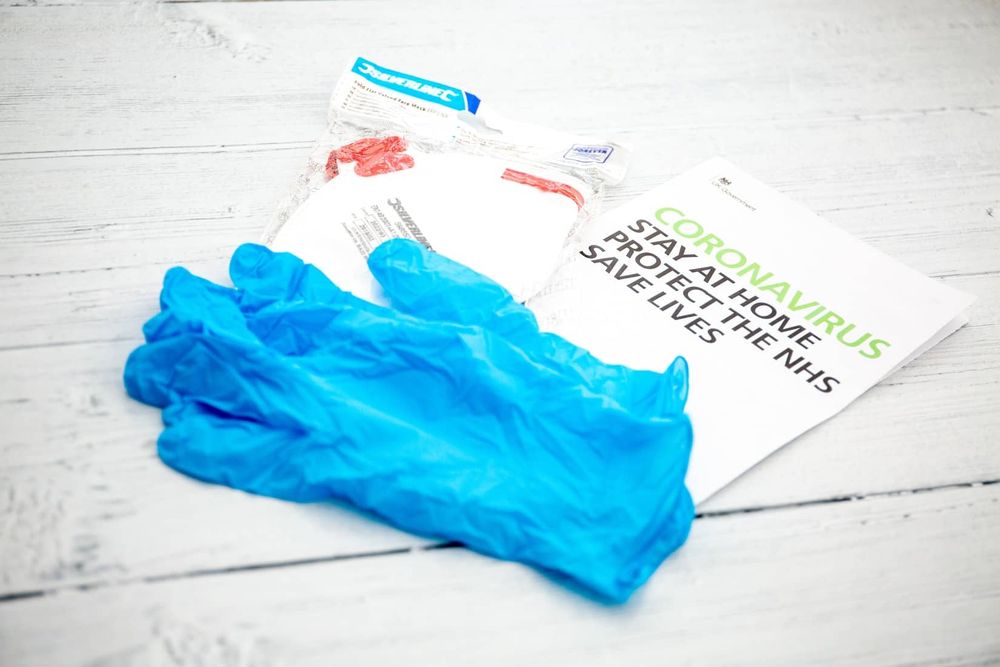
Cost Projections for Covid-19 Treatment in U.S
Cost Projections for Covid-19 Treatment in U.S
Among the biggest issues that come with the novel coronavirus or COVID-19 pandemic is the impact it will make on the health care system. According to recent research published in Health Affairs, a journal described by The Washington Post as “the bible of health policy,” direct medical expenses related to COVID-19 treatments alone can cost hundreds of billions of dollars. This would include the purchase of hospital beds, ventilators and other vital equipment. It’s a projected cost that’s expected to exceed what the government can currently afford.
Calculating the Cost of Supplies
The results of the study also show how such costs and resources can be considerably reduced by controlling the spread of the disease by different degrees. Spearheaded by City University of New York’s Public Health Informatics, Computational, and Operations Research team, the researchers created a computerized simulation model showing the pandemic’s impact on the U.S. It looked at varying percentages of the population contracting the deadly disease.
Based on the model, every person infected by the COVID-19 will present with different symptoms over time and seek treatment at clinics or hospitals, depending on how severe their symptoms are. The patient’s health condition will then dictate what resources they will get, such as medication, ventilators, etc. Then the model keeps a close watch of the resources provided, the costs involved, and the results for every patient.
Should half of the U.S. population were to get COVID-19, this would require around 13.95 million hospitalizations, the use 2.05 million ventilators, and about 78.1 million hospital bed days for about of $204.4 billion in direct medical expenses. This goes up to 22.3 million hospitalizations, the use of 6.5 million ventilators and 249.5 million hospital bed days, costing an average of $654 billion with 80% of people in the U.S. infected. Looking at the considerable change in medical expenses for different amount of infected people, It’s clear how important any strategies to bring down the total number of infections are. In contrast, we can see the potential cost-benefits of just allowing the virus to take take its course.
The Effectiveness of Herd Immunity on COVID-19
According to the study’s head author, herd immunity strategies have been proposed. This means allowing people to contract the disease until immunity thresholds are reached, at which point it will stop spreading. But this study has shown that such an approach is too expensive. This also offers a glimpse into the potential scenario if social distancing measures were discontinued and the country relaxed its containment policies too soon. If the virus were still making people sick and the infection rates shoot up, the resulting health care costs must be taken into account. In addition, these costs are expected to weigh down on the economy, so discussions on “reopening” the country should also involve the accompanying rise in health care costs.
The study demonstrates how expensive the novel coronavirus is as opposed to other more usual infectious diseases. For instance, treating a single COVID-19 patient can cost more than $3,000 in direct medical expenses within the course of the hospitalization alone – four times greater than treating a typical influenza patient and over 5 time greater than how much symptomatic pertussis would cost. Considering the costs of more enduring effects of the disease, like damage to internal organs such as the lungs, raise the average expense to almost $4,000.
It is becoming clearer and clearer that COVID-19 is significantly unique from the common flu, And so is its impact on the health care system and required resources. The expenses that follow a resolved infection should be taken into account as well.
Long-term Affects from COVID-19
It is crucial to keep in mind that for a percentage of the population that contracts the disease, health care expenses go beyond the end of the active infection. This health disaster will persist with its lasting effects, and that includes caring for those who will have to endure ongoing problems. A never-ending issue is that the U.S. health care system will be overwhelmed by COVID-19 coronavirus cases and will eventually run out of manpower, hospital beds and ventilators to meet the needs of the surge in cases.
This research indicates that even if a mere 20 percent of people in the U.S. become infected by the virus, there will be a shortage of ventilators and hospital beds. There are only at least 96,000 ICU beds and some 62,000 ventilators in the country – definitely not enough.
A hospital’s capacity will, of course, depend on when the patients are brought into care, but the huge discrepancies in numbers between what is presently available and what could be needed, is certainly alarming. And even as health experts and public health authorities have shown their apprehensions about bed and ventilator shortages, the model is able to measure more specifically what the exact needs will be at certain stages of the pandemic and the likely scenarios that will occur as the number of infected people increases.


